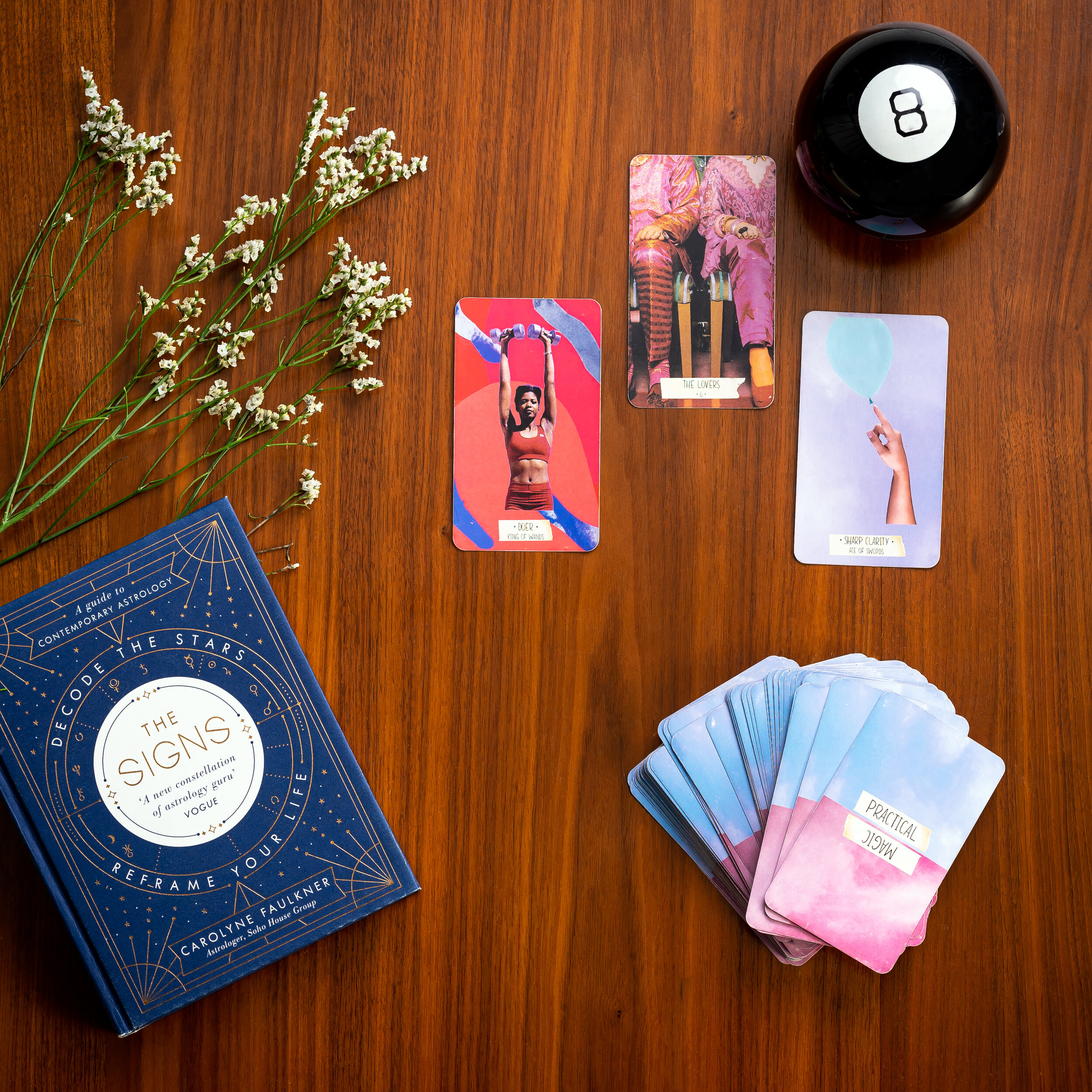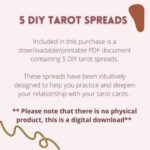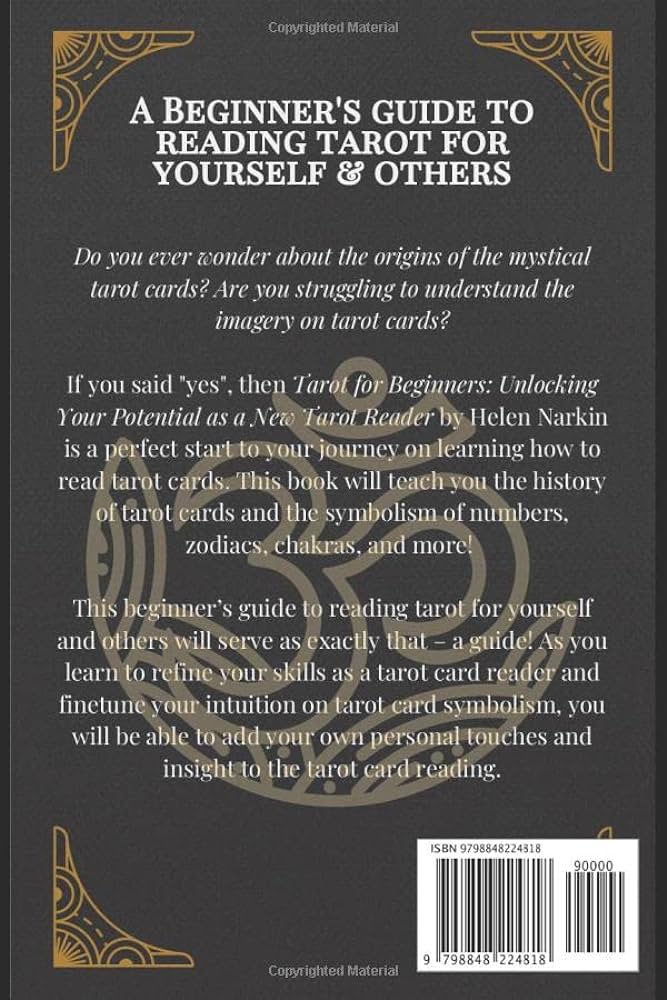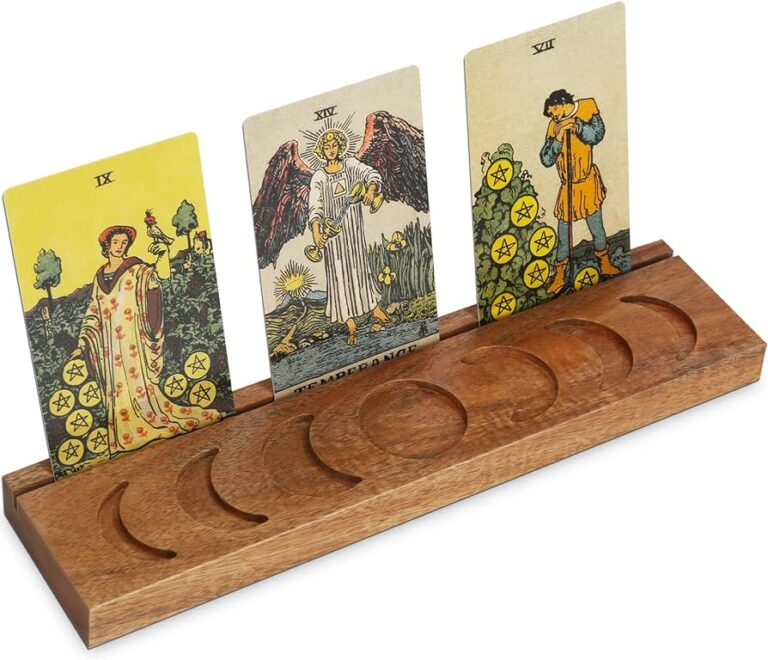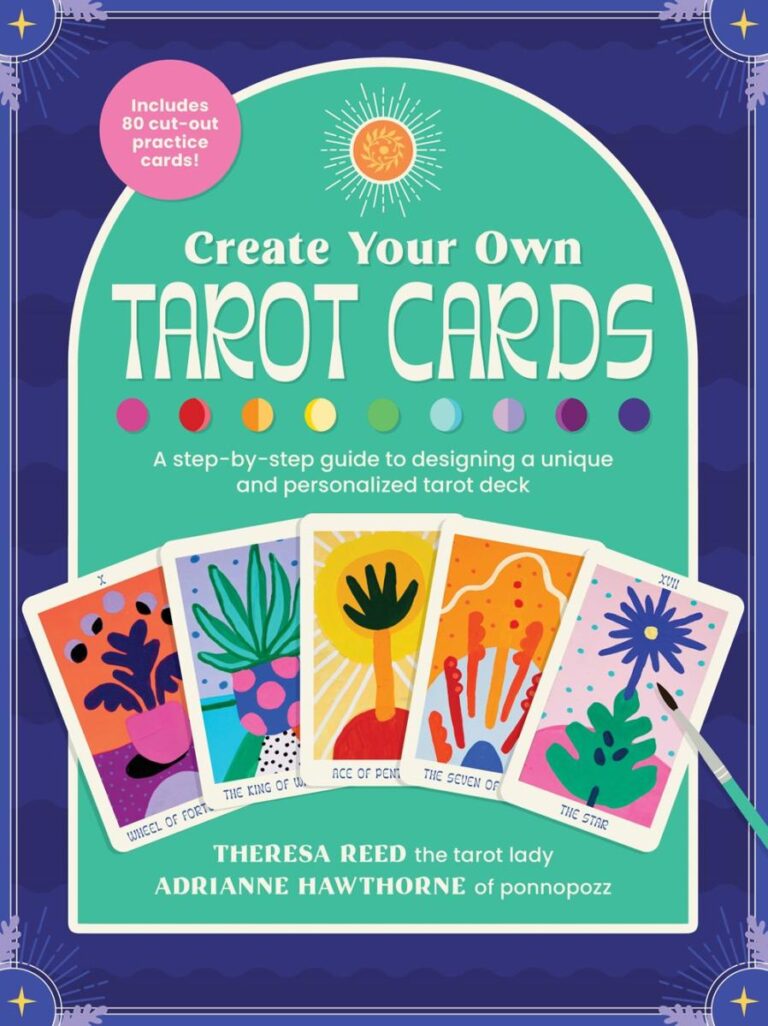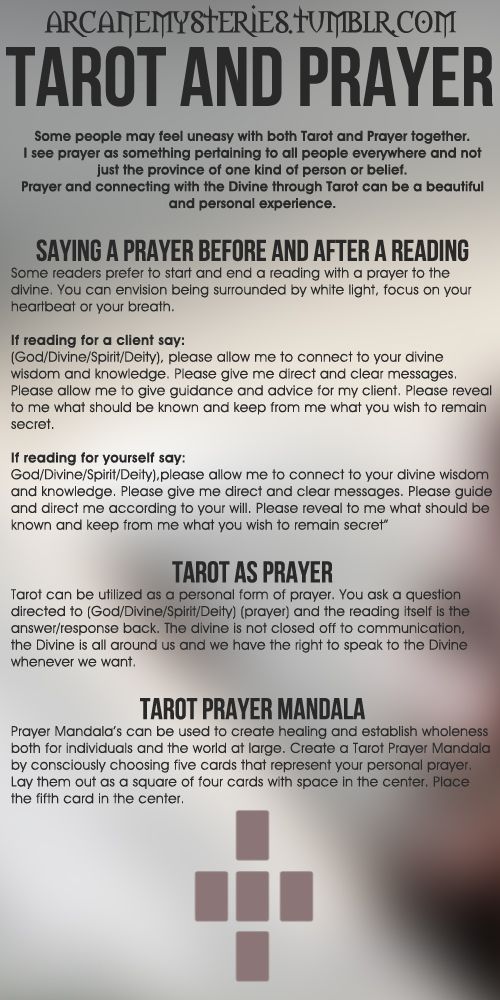How Can I Make My Own Tarot Cards : A DIY Guide
You can make your own tarot cards by creating designs, printing them on cardstock, and adding personal meanings. Making your own tarot cards allows for personalization and creativity, providing a deep connection with the cards during readings.
Many people find the process of creating their own tarot cards to be spiritually fulfilling and meditative. With the growing popularity of tarot readings, personalized tarot decks are becoming increasingly sought after. Creating your own tarot deck allows you to infuse your unique energy and intention into the cards, making them deeply personal tools for intuition and divination.
Whether you are an experienced tarot reader or a beginner, making your own tarot deck can be a rewarding and meaningful endeavor.
Getting Started With Tarot Card Creation
If you have an interest in tarot and want to personalize your card reading experience, creating your own tarot cards can be a rewarding and creative endeavor. Getting started with tarot card creation involves understanding the basics of tarot cards and exploring various design and symbolism options to imbue your deck with personal meaning. By following a few simple steps, you can embrace your creativity and craft a unique set of tarot cards that resonates with your intuition and spiritual practice.
Understanding The Basics Of Tarot Cards
Before diving into the process of making your own tarot cards, it’s essential to familiarize yourself with the traditional structure of a tarot deck. A standard tarot deck consists of 78 cards, categorized into two main groups – the Major Arcana and the Minor Arcana. The Major Arcana cards represent significant life events and spiritual lessons, while the Minor Arcana cards delve into everyday matters and experiences.
Designing Your Tarot Cards
Once you are well-versed in the fundamental structure of tarot cards, the next step is to consider the visual and symbolic elements that will define your deck. Determine the artistic style, color palette, and overall theme that best captures the essence of your intentions and spiritual journey. Whether you choose to create hand-drawn illustrations, digital designs, or mixed media collages, ensure that each tarot card reflects your unique perspective and resonates with your inner wisdom.
Choosing The Right Materials
Choosing the right materials for making your own tarot cards is crucial for creating a high-quality and durable deck. From the type of cardstock to the art supplies used for designing, each material plays a significant role in the overall appearance and longevity of your custom tarot cards.
Selection Of Cardstock
When selecting cardstock for your DIY tarot cards, it’s essential to choose a sturdy and durable option that can withstand repeated shuffling and handling. Opt for heavyweight cardstock with a smooth finish to ensure the cards are easy to shuffle and resistant to wear and tear. Consider the thickness of the cardstock as well, aiming for a substantial weight that gives the cards a professional feel.
Exploring Art Supplies For Designs
With a wide array of art supplies available, it’s important to choose quality materials that will bring your tarot card designs to life. Invest in artist-quality drawing pens or markers to ensure your designs are vibrant and long-lasting. Consider using high-quality colored pencils or watercolor paints for creating intricate and detailed illustrations on your cards.
Designing Your Tarot Deck
Designing your tarot deck is an exciting and personal journey that allows you to infuse your own creativity and symbolism into each card. Whether you’re an artist, a designer, or simply someone with a passion for tarot, creating your own deck can be a deeply rewarding experience. As you venture into the realm of designing your tarot cards, careful planning and thoughtful incorporation of symbolism and imagery are key in ensuring that your deck resonates with the energies you wish to channel.
Planning The Artistic Elements
Deciding on the artistic elements of your tarot deck is the initial step in the design process. Consider the visual style you want to convey throughout the deck. Take into account whether you prefer abstract, realistic, minimalist, or intricate designs. Each card should harmonize with the overall aesthetic while maintaining its unique symbolism.
If you are not a skilled illustrator, you might choose to use your talents in other ways, such as collage, photography, digital art, or even mixed media. It’s crucial to explore different mediums and techniques to find what resonates with you and effectively conveys your vision.
Incorporating Symbolism And Imagery
Incorporating symbolism and imagery into your tarot deck involves a deep understanding of both traditional tarot symbolism and your personal connection to the symbols and images you choose. Consider the cultural, mythological, and mystical symbols that hold personal significance, and integrate them seamlessly into your designs.
Each card should carry its own unique blend of symbolism and imagery, contributing to the narrative of the card’s meaning. Whether it’s the elements, astrology, numerology, animals, or plants, every element should serve a purpose in conveying the card’s message.
Printing And Crafting The Cards
Making your tarot cards allows you to infuse your personal energy and creativity into the deck, making it a unique reflection of your spiritual journey. When it comes to printing and crafting the cards, you have the opportunity to bring your visions to life through various techniques and methods. This section will guide you through utilizing printing techniques and assembling the tarot deck.
Utilizing Printing Techniques
Before diving into crafting your tarot cards, it’s crucial to select the appropriate printing technique. Digital printing is a popular choice for its flexibility and high-quality results. It allows you to reproduce intricate designs and vibrant colors with precision. If you prefer a more traditional approach, lithography can be employed to achieve a classic, timeless look for your cards. Each technique offers its unique benefits, so consider the aesthetic and tactile qualities you wish to convey through your deck.
Assembling The Tarot Deck
Once your cards are printed, the next step is assembling the tarot deck. This involves carefully cutting out each card to the desired size. Precision is key to ensure uniformity across the deck. To provide a professional finish, using a paper cutter is recommended for clean, straight edges. After cutting, consider rounding the corners for a polished appearance and to enhance the durability of your cards.
To protect your cards from wear and tear, laminating them is a practical option. This preserves the integrity of the designs and ensures longevity. When crafting your tarot deck, pay attention to the alignment of the cards to maintain a cohesive look. Providing clear guidelines and using a straight edge ruler can aid in achieving uniformity.
As you assemble your tarot deck, take the time to infuse each card with your personal intention and energy. Whether through blessings, sacred symbols, or meditative focus, imbuing each card with your spiritual essence adds depth and significance to your handmade deck.
Personalizing Your Tarot Cards
Personalizing your tarot cards adds a special touch to your reading sessions, allowing you to connect with the imagery and symbolism on a deeper level. It’s a creative process that involves infusing your energy and personality into the cards, making them uniquely yours.
Adding Personal Touches
Customizing your tarot deck can involve a variety of personal touches, such as incorporating meaningful symbols, images, or colors that resonate with you. By adding symbols that hold personal significance, you create a deck that reflects your own spiritual journey and beliefs.
- Consider incorporating symbols that have personal significance.
- Choose colors that evoke specific emotions or energies.
- Embellish cards with personal drawings or artwork.
Bonding With Your Customized Tarot Deck
After personalizing your tarot cards, it’s essential to bond with your newly customized deck. This involves spending time with the cards, engaging in meditation, and familiarizing yourself with their unique energies and meanings. By forming a deep connection with your personalized cards, you can enhance the accuracy and clarity of your readings.
- Spending quiet moments meditating with your deck.
- Shuffling and handling the cards regularly to build familiarity.
- Engaging in practice readings to strengthen your connection to the imagery.

FAQ
How Can I Design My Own Tarot Cards?
To design your own Tarot cards, start by brainstorming ideas for each card and creating rough sketches. Then, refine your designs and add symbolism and imagery that resonate with you.
What Materials Do I Need To Make Tarot Cards?
You will need quality cardstock, art supplies such as markers or paints, a durable coating for protection, and design software if you plan to print your cards professionally
Can I Create My Own Tarot Card Meanings?
Yes, you can create your own Tarot card meanings by infusing personal symbolism and connections into each card. Ensure your interpretations align with your intuition and understanding of the cards.
Are There Any Legal Considerations When Making Tarot Cards?
If you plan to commercially distribute your Tarot deck, it’s recommended to research copyright laws and ensure you have the rights to any images or text used in your cards.
Conclusion
Making your own tarot cards can be a rewarding and creative endeavor. By embracing your unique artistic vision, you can infuse your tarot deck with personal meaning. Whether you choose to hand-draw or digitally design your cards, remember to infuse them with intention and symbolism.
Let your intuition guide you as you bring your mystical creations to life.

